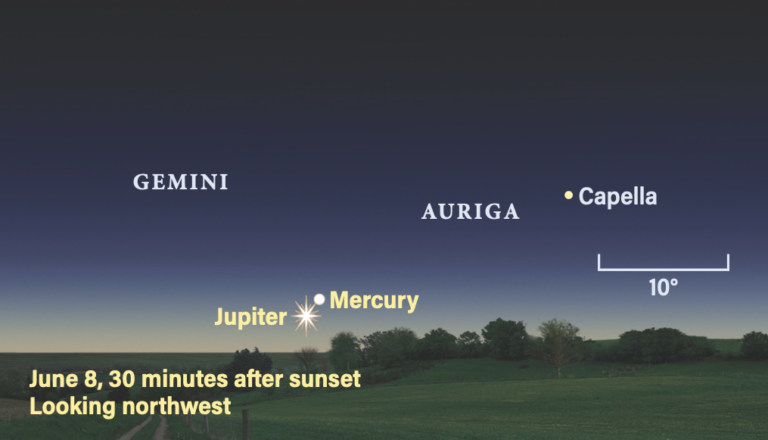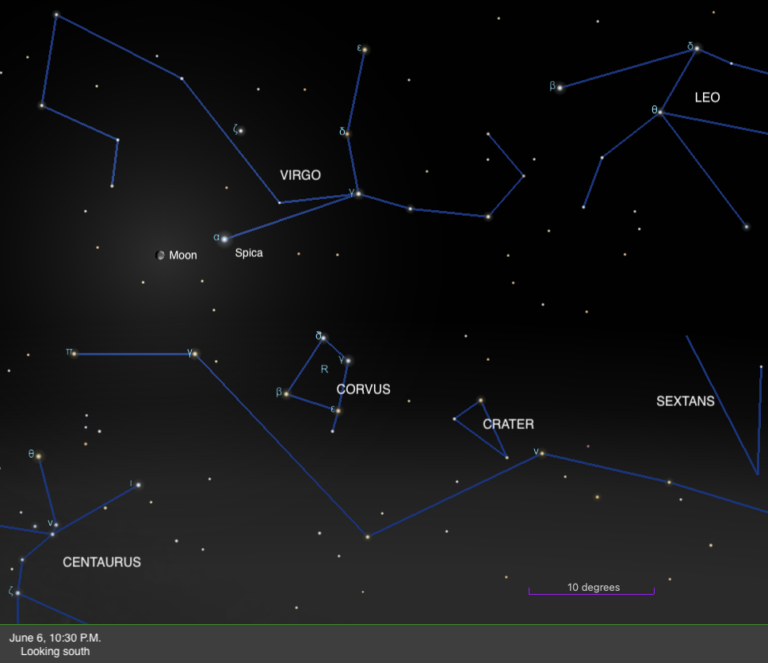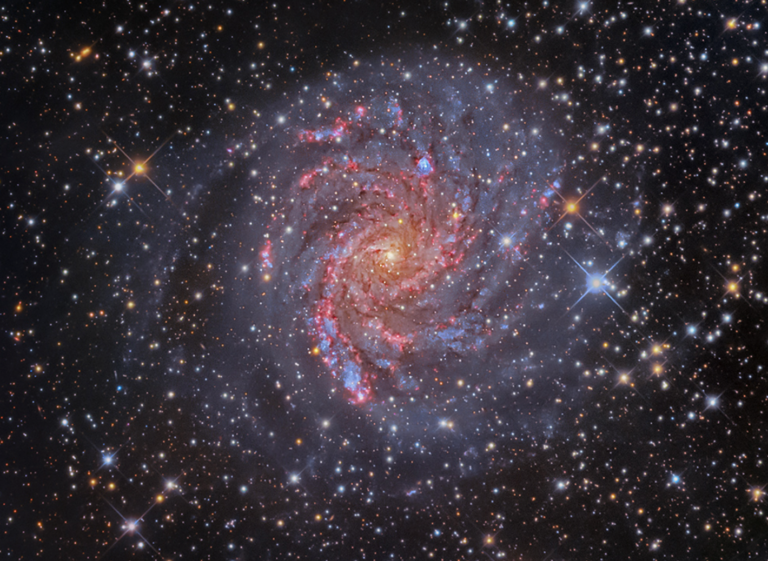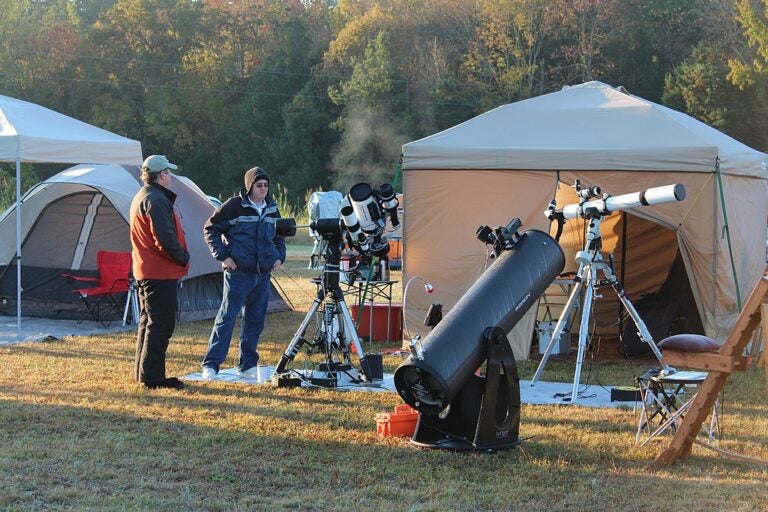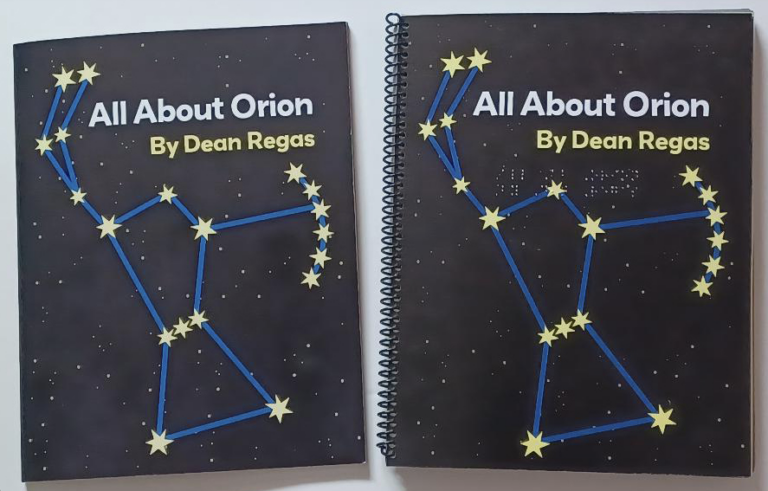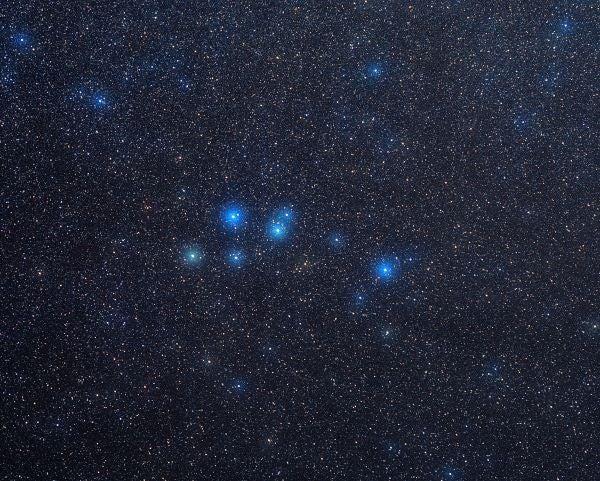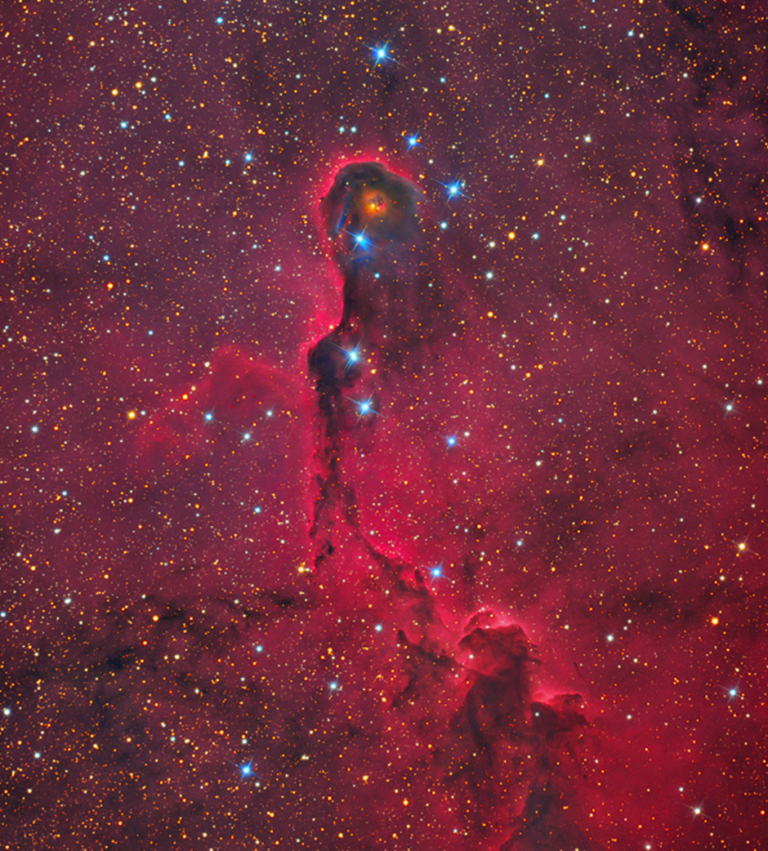If you like creating themed observing lists, this is a place to start. Use the next cloudy night as an opportunity to research other targets. What is the closest red giant? The nearest O-type star? Dark nebula? Peculiar galaxy? Dwarf elliptical? Your choices are vast because the universe has incredible diversity with options for every observer – from those using their naked eyes to those viewing through behemoth telescopes. Start with the objects in this list, and then take it to the next level.
The deep-sky observer’s neighborhood is kind of like yours. You know the house, grocery store, movie theater, beach, and mountain closest to your home. Deep-sky observers know the closest stars, nebulae, clusters, and galaxies in their solar neighborhood. But travelers can’t drive to visit these objects; instead, the light comes to them. Some are visible to the naked eye, others require binoculars, and a few necessitate a telescope — though none requires large optics.
You might think the closest deep-sky objects are distributed randomly across the sky, but that’s not the case. They are scattered in right ascension — some are “up” at any given time of the year. But oddly enough, there is a strong bias in declination. Of the nearest celestial objects featured here (see table on page 46), only two — the Hyades cluster and Andromeda — are north of the celestial equator. Three on the list — a red dwarf star, a multiple star, and a supernova remnant — are deep in the southern sky, beyond the range of U.S. observers. For those, the selection chooses the nearest suitable targets for mid-northern latitude observers. The remainder lie slightly south of the celestial equator.
Explore nearby deep-sky gems
Interested in observing a red dwarf, supernova remnant, or galaxy cluster? We’ve got you covered.

